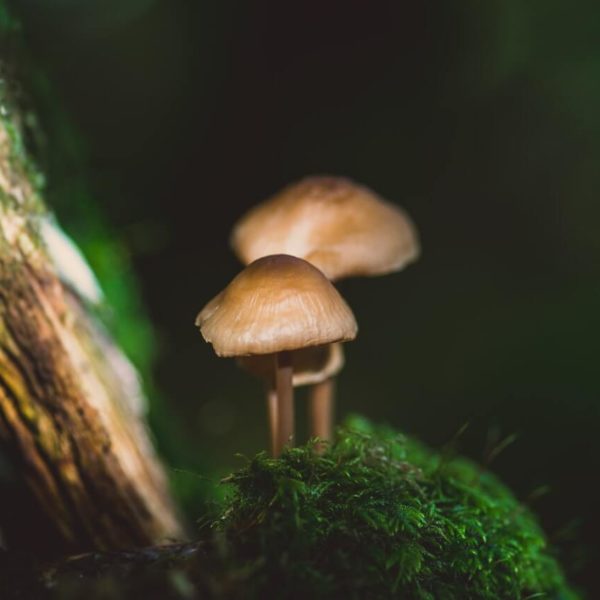

“The Nixon campaign in 1968, and the Nixon White House after that, had two enemies: the antiwar left and black people. Unsurprisingly, the Nixon administration’s decision was very possibly about politics, not public safety. Psilocybin joined drugs like heroin and cocaine as a Schedule I substance, defined as having a high potential for abuse and zero medical use.

The United States officially banned psilocybin mushrooms in 1968 by modifying the Staggers-Dodd Bill but waited until the 1971 Controlled Substances Act (thanks Nixon) to begin actual enforcement of this prohibition. “An exercise in cultural amnesia,” as Rick Doblin of MAPS calls it. The US was front and center with the prohibition of Psilocybe mushrooms, which is a bizarre turn of events if you consider the thousands of years (if not more) that psychoactive mushrooms have been used for beneficial purposes. Magic mushrooms (and/or psilocybin) have been illegal in most countries for about 50 years – this is due to the Convention of Psychotropic Substances (a UN-created international treaty from 1971 created to assist in the war on drugs, signed by 180 countries). A Brief History of Psilocybin, Spores, and the Law Spores are not psychoactive, so don’t try to ingest or inject a spore syringe. With spores ubiquitous on our planet, estimates state we breathe in around 10,000,000,000 per day (no, unfortunately, you cannot grow magic mushrooms in your laws to circumvent your local legislation). Puffball mushrooms are perhaps the most joyous demonstration, releasing a pleasant plume of spores when punctured (if you’ve never seen a puffball, put it on your bucket list). Spores are invisible to the human eye as individuals, but when billions are present, they can be seen as a faint wisp. This means mushrooms grow asexually through cellular division (although fungi can also produce sexually – how versatile! The route chosen depends on the environment). Housed inside every spore is all the genetic material required to produce new mycelium (the web-like body of a mushroom network).

These spores infect foraging ants, germinate while using the carcass as food, and produce a mushroom from the head to continue propagating. Some spores are truly terrifying, as is the case with Cordyceps sinensis. Mushroom Spores 101ĭue to their unique composition, spores can survive in the most unlikely of places – even the cold recesses of space. Just one invisible microbe is the difference between success and failure, and most people don’t have access to the sterile environment/clean room necessary to ensure success. Many spore syringes are created from spore prints – a thick ring of spores produced by placing a mature mushroom cap on foil, waiting a few hours, and allowing all the spores to drop out it’s quite beautiful, really.Īlthough making a spore syringe may not sound like a technically challenging process, the issue lies with potential contamination. Liquid Culture (mycelium floating in a nutrient broth – also contains minute amounts of psilocybin, which makes them illegal)īut, none of these options offer a spore syringe’s balanced effectiveness, ease of transport, and user-friendly experience.Spore Swab (may only be used once, doesn’t last long).Spore Print (dark ring of spores, usually on foil).Additionally, various experiments are ongoing to examine the effects of toxic pollution on fungal tissue to use mushrooms for bioremediation.)

Microscopy/Research (Spore identification under a microscope can help differentiate between two species of fungi that are otherwise identical.Psilocybin is the primary active alkaloid in magic mushrooms that is classified as a Schedule I substance federally and in most states.


 0 kommentar(er)
0 kommentar(er)
